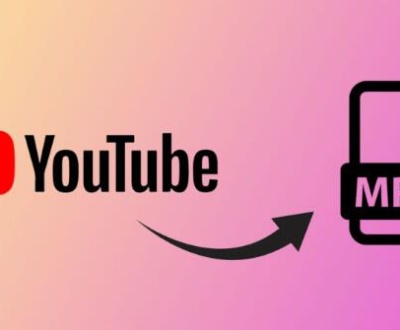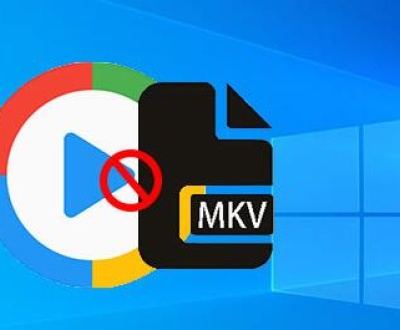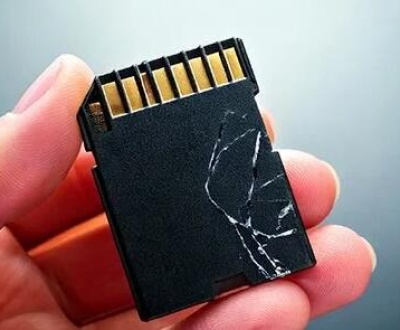Disk Cleanup is a built-in tool in Microsoft Windows designed to free up space on your hard drive by removing unnecessary files, including system files, temporary files, and cached data. However, users sometimes encounter issues where Disk Cleanup does not delete temporary files, even though they are selected for removal. This can lead to confusion and frustration, especially when trying to free up space or resolve performance issues.
Temporary Files and Disk Cleanup
Before diving into the potential reasons and solutions for Disk Cleanup not deleting temporary files, it’s essential to understand what these files are and why they accumulate.

What are Temporary Files?
Temporary files are files that are created by programs or the operating system to store data temporarily. These files are generally meant to be deleted automatically once they are no longer needed. Common types of temporary files include:
System Temporary Files: These are created by Windows during various processes like installations, updates, and user operations. Examples include log files and installation files.
User Temporary Files: These files are created by applications for storing temporary data, such as browser cache, software preferences, or editing history.
Internet Explorer Cache: Older versions of Windows use Internet Explorer, which generates cached files to speed up web browsing.
Windows Update Files: During the installation of system updates, temporary files are created that can sometimes remain on your system after the update is completed.
How Does Disk Cleanup Work?
Disk Cleanup is a simple utility that scans your system for unnecessary files and provides an option to delete them. The program works by searching for files in specific folders that are commonly used for temporary file storage, such as:
Windows Temp folder (C:\Windows\Temp)
User Temp folder (C:\Users\[YourUsername]\AppData\Local\Temp)
Internet Explorer cache (in older versions)
Downloaded program files
Recycle Bin
Once you run Disk Cleanup, it identifies the files within these folders and displays a list of them for you to review and delete. You can choose which categories of files to remove, and the tool will proceed with the cleanup. However, there are cases where Disk Cleanup fails to delete the temporary files, which we will explore next.
Common Causes for Disk Cleanup Not Deleting Temporary Files
There are several possible reasons why Disk Cleanup may not be able to delete temporary files. These issues can range from system permission problems to corruption in system files. Below are some common causes:
1. Insufficient Permissions
Temporary files are often stored in system folders or user directories, which may require administrative privileges to delete. If you are running Disk Cleanup as a standard user, it may not have the necessary permissions to delete certain files.
Solution: Run Disk Cleanup as an Administrator. To do this:
Press the Windows key, type “Disk Cleanup.”
Right-click on the Disk Cleanup app and select Run as Administrator.
Continue the cleanup process and check if the temporary files are deleted.
2. Corrupted Temporary Files
Sometimes, temporary files become corrupted and cannot be deleted. These corrupted files may have locks or hidden attributes that prevent Disk Cleanup from accessing them.
Solution: Try manually deleting the files:
Open File Explorer and navigate to the following directories:
C:\Windows\Temp
C:\Users\[YourUsername]\AppData\Local\Temp
Select all files and try deleting them. If you encounter any issues, you can use Safe Mode (explained later) to delete these files.
3. Running Programs Using Temporary Files
If a program is actively using temporary files, Disk Cleanup may be unable to delete them. For example, if a web browser is running, its cache files may be in use, or if a game is running, temporary data related to the game may be locked.
Solution: Close all running programs and try running Disk Cleanup again. You can also use the Task Manager to identify and close any programs that may be using temporary files:
Press Ctrl + Shift + Esc to open Task Manager.
Go to the Processes tab and identify any applications that might be using temporary files (e.g., web browsers, Microsoft Office).
Select the program and click End Task to close it.
4. Disk Cleanup Cache Is Corrupted
In some cases, Disk Cleanup itself may have cached data that prevents it from working correctly. If the tool’s internal cache is corrupted, it might not properly display or delete the temporary files.
Solution: Reset the Disk Cleanup cache. You can do this by running a simple system utility or clearing the prefetch and cache directories. Here’s how:
Press Windows + R to open the Run dialog.
Type cleanmgr /sageset:1 and press Enter.
In the Disk Cleanup window, select the file types you want to delete and click OK.
Then run cleanmgr /sagerun:1 to execute the cleanup process.
5. System File Corruption
If there is corruption in system files, it can prevent Disk Cleanup from functioning correctly. This could be due to faulty system updates, improper shutdowns, or other issues that affect the file system.
Solution: Run the System File Checker (SFC) and DISM (Deployment Imaging Service and Management Tool) to repair corrupted system files:
Open Command Prompt as Administrator (right-click and select Run as Administrator).
Type sfc /scannow and press Enter.
Wait for the scan to complete and follow any on-screen instructions.
If the issue persists, run the following command to fix system image problems:
mathematica
复制代码
DISM /Online /Cleanup-Image /RestoreHealth
6. File System Errors
Disk Cleanup may fail to remove temporary files if there are errors in the file system. These errors might prevent proper file deletion and can result from improper shutdowns or physical disk issues.
Solution: Run the Check Disk Utility (CHKDSK):
Open Command Prompt as Administrator.
Type chkdsk /f and press Enter.
If prompted to schedule a disk check at the next reboot, type Y and restart your computer.
7. Conflicting Third-Party Software
Third-party cleanup tools or security software can sometimes interfere with Disk Cleanup’s ability to delete temporary files. These programs may lock files or alter the way Windows handles temporary data.
Solution: Disable or uninstall any third-party cleanup tools temporarily and try running Disk Cleanup again. If you’re using antivirus software, try disabling it briefly to see if it’s causing the issue.
8. Disk Cleanup Settings Have Changed
It’s possible that the settings for Disk Cleanup have been altered, preventing it from targeting temporary files. For instance, certain file types might not be included in the scan.
Solution: Adjust the settings of Disk Cleanup:
Open Disk Cleanup.
Click on Clean up system files.
Check all the available options, especially Temporary files, System error memory dump files, and Windows Update Cleanup.
Click OK to begin the cleanup process.
Additional Ways to Delete Temporary Files
If Disk Cleanup continues to fail, there are other ways to delete temporary files manually or through different utilities.
1. Manually Delete Temporary Files
If Disk Cleanup isn’t working, you can manually delete temporary files:
Open File Explorer and navigate to C:\Windows\Temp and C:\Users\[YourUsername]\AppData\Local\Temp.
Delete all files in these folders. Some files might be in use, but most of them can be deleted without issues.
2. Use Third-Party Cleanup Tools
There are many third-party tools that can assist in cleaning up temporary files and system junk. Some of the most popular ones include:
CCleaner: A widely used tool for cleaning up unnecessary files, including temporary files.
BleachBit: An open-source program that allows you to clean temporary files and browser caches.
Wise Disk Cleaner: Another tool that helps remove temporary files and optimize your system.
3. Use Windows Storage Sense
If you’re using Windows 10 or later, you can enable Storage Sense, which automatically cleans up temporary files and other unnecessary data on a regular basis.
Open Settings.
Go to System > Storage.
Turn on Storage Sense and configure it to delete temporary files automatically.
Disk Cleanup is an essential tool for maintaining your system and freeing up disk space by removing unnecessary files, including temporary files. However, there are instances where Disk Cleanup fails to delete these files, which can be caused by a variety of issues such as permission problems, corrupted files, running applications, or system corruption.
About us and this blog
Panda Assistant is built on the latest data recovery algorithms, ensuring that no file is too damaged, too lost, or too corrupted to be recovered.
Request a free quote
We believe that data recovery shouldn’t be a daunting task. That’s why we’ve designed Panda Assistant to be as easy to use as it is powerful. With a few clicks, you can initiate a scan, preview recoverable files, and restore your data all within a matter of minutes.
Subscribe to our newsletter!
More from our blog
See all postsRecent Posts
- How to search folder in file explorer 2025-05-09
- How to search for duplicates in file explorer 2025-05-09
- Finder search not finding files 2025-05-09

 Try lt Free
Try lt Free Recovery success rate of up to
Recovery success rate of up to









